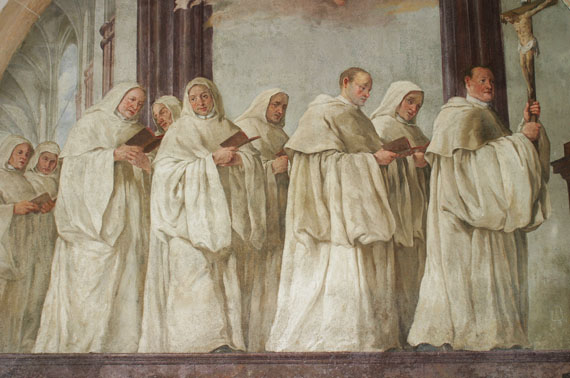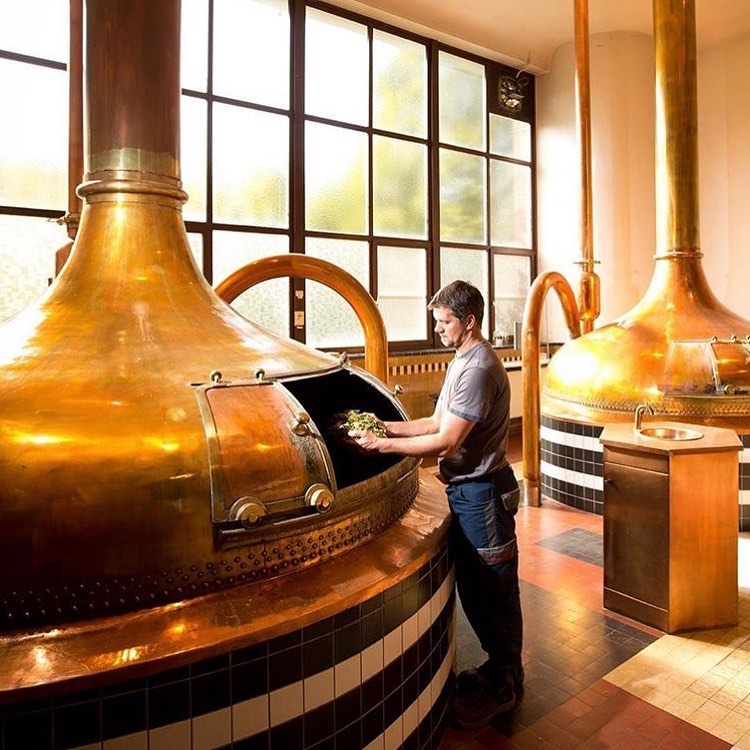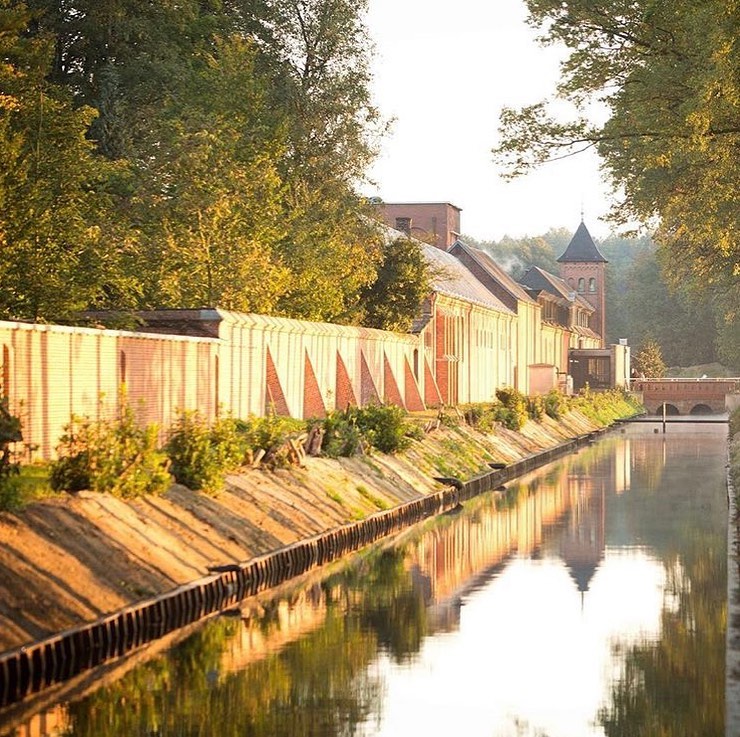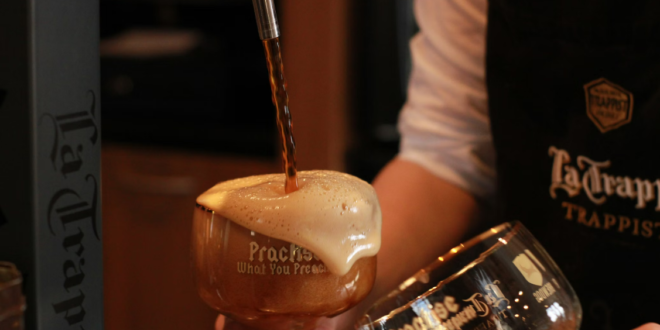‘Beer should be liquid bread, not colored water.’
– Belgian Trappist saying
Tucked away behind the walls of unassuming monasteries, monks around the world have been brewing heady ales with deep, rich flavors for hundreds of years. These coveted concoctions, named ‘Trappist Beer’, are in fact part of a sacred spiritual tradition; a prayer to God.
Get ready to dive into this captivating corner of culture. We’ll look at the history of the Trappist beer and why it is so celebrated around the world.
TRAPPIST BEER HISTORY

The Cistercian order is an arm of the Catholic Church that strictly follows a way of life taught by Saint Benedict of Nursia. This lifestyle is known as the ‘Rule of St Benedict’. A particularly influential branch of this Cistercian order came from La Trappe Abbey in Normandy, in 17th century France, and thus ‘Trappist’ monks became known.
A defining tenet of the Rule of St. Benedict is ‘ora et labora’, or, ‘prayer and work’. Saint Benedict declared that monks and nuns should dedicate their lives to prayer and manual labor. Trappist monks must work with their hands to create something beneficial to the community. For this reason, monasteries are typically found in the countryside, surrounded by fields of crops and livestock, like any other agricultural producer.
They create artisan goods such as clothes; wool; cheese, bread, and other produce; and of course, Trappist beer. Selling these to townsfolk became an easy way for the monks to fund the monastery and contribute to their communities. They take zero profits for personal gain.
In France, the tradition of Trappist beer continued until the French Revolution, upon which monasteries were sacked, looted, and subsequently abandoned. Trappists then settled in Belgium and over time, resumed beer production. Their tenacity, focus and commitment seeped into Belgian brewing culture, which possibly contributed to the country’s bustling beer culture, a phenomenon now listed on UNESCOs ‘intangible cultural heritage’ register.
WHAT IS SPECIAL ABOUT TRAPPIST BEER?

Trappist beer is known for its quality. Great care is taken in production, sourcing ingredients, and batch size. Each monastery produces its own unique style, while many even have their own strain of yeast. Even though they vary, Trappist beers are typically malty ales; the complete opposite of a hoppy IPA. They’re normally dark brown or amber, and are described as being thick, full-bodied, sweet, caramel-like, spicy, or fruity.
WHAT DEFINES A TRAPPIST BEER?
Trappist beers are ales, so they brew at warmer temperatures with yeast strains that ferment at the beer’s surface. Unlike other ales, the flavor of a Trappist beer is dependent on the malt bill and type of yeast, all of which vary from brewery to brewery. One defining factor of a Trappist beer is that it must be brewed by, or under the supervision of, practicing Trappist monks. If it isn’t, it cannot be legally called a ‘Trappist beer’.
As Trappist beers became known around the world, savvy businessmen started to exploit the trend by producing their own brews and appropriating the monk image. They put religious iconography on their labels and named beers after holy figures, with no association to any Trappist monk whatsoever. This stopped after a lawsuit in 1960, and even moreso after the International Trappist Association (ITA) created an ‘Authentic Trappist Product’ label. Only abbeys that are part of the ITA can use this label, and the criteria to join are strict. Goods must be produced in an abbey, by or under the supervision of monks, and profits must go to the upkeep of the abbey or charitable causes.
WHAT TYPES OF TRAPPIST BEER ARE THERE?
There are Enkel beers, dubbel, tripel, and even quadrupel. Notice a pattern? These terms are Dutch, coming from the Trappist beer’s Belgian origins.
Enkel beers are the lightest in a brewery’s range. Enkel means ‘single’ and describes the basic Trappist recipe. They’re weak beers and were originally brewed for the monks to consume themselves.
Dubbel beers range from 6-8% ABV, with fruity cereal flavors and a somewhat heavy body. A dubbel is a fairly strong brown ale originating from the Trappist Abbey of Westmalle in 1856. It was then imitated by other breweries across Belgium and then the world.
Tripel beers are stronger, heavier, and more intense. Also originating from Westmalle Abbey, this style has become popular with secular breweries and is an alcoholic step up from the dubbel, ranging from 8-10% ABV.
Quadrupel beers are a recent ploy. Koningshoeven named their La Trappe ale a ‘quadrupel’ as an outlier from the rest, brewed to be even heavier and darker than their tripel. Other breweries have now followed suit, producing their own stronger-than-tripel beers.
WHAT IS THE OLDEST TRAPPIST BEER?
It is difficult to exactly define the oldest Trappist beer. Many abbeys have been producing beers over centuries but fell in and out of production, or the recipe changed, and therefore, so did the beer.
The Westmalle Abbey is the second oldest Trappist Abbey in existence and the oldest living Trappist brewery, starting in 1836. Their beers have set the standard which breweries then followed, with their dubbel and tripel beers becoming famous worldwide. Their tripel was brewed in 1934 and the recipe hasn’t changed since 1956.
HOW MANY TRAPPIST BEERS ARE THERE?
The number of authentic Trappist breweries fluctuates, as new ones pop up, or others close. Currently, there are 13 Trappist breweries worldwide that carry the esteemed ATP (Authentic Trappist Product) label. Each have their own ranges of different beers, and many are based in Belgium, naturally.

Experience a Trappist Beer on Country Roads of Belgium, Luxembourg & the Netherlands









Join the Discussion
Type out your comment here:
You must be logged in to post a comment.